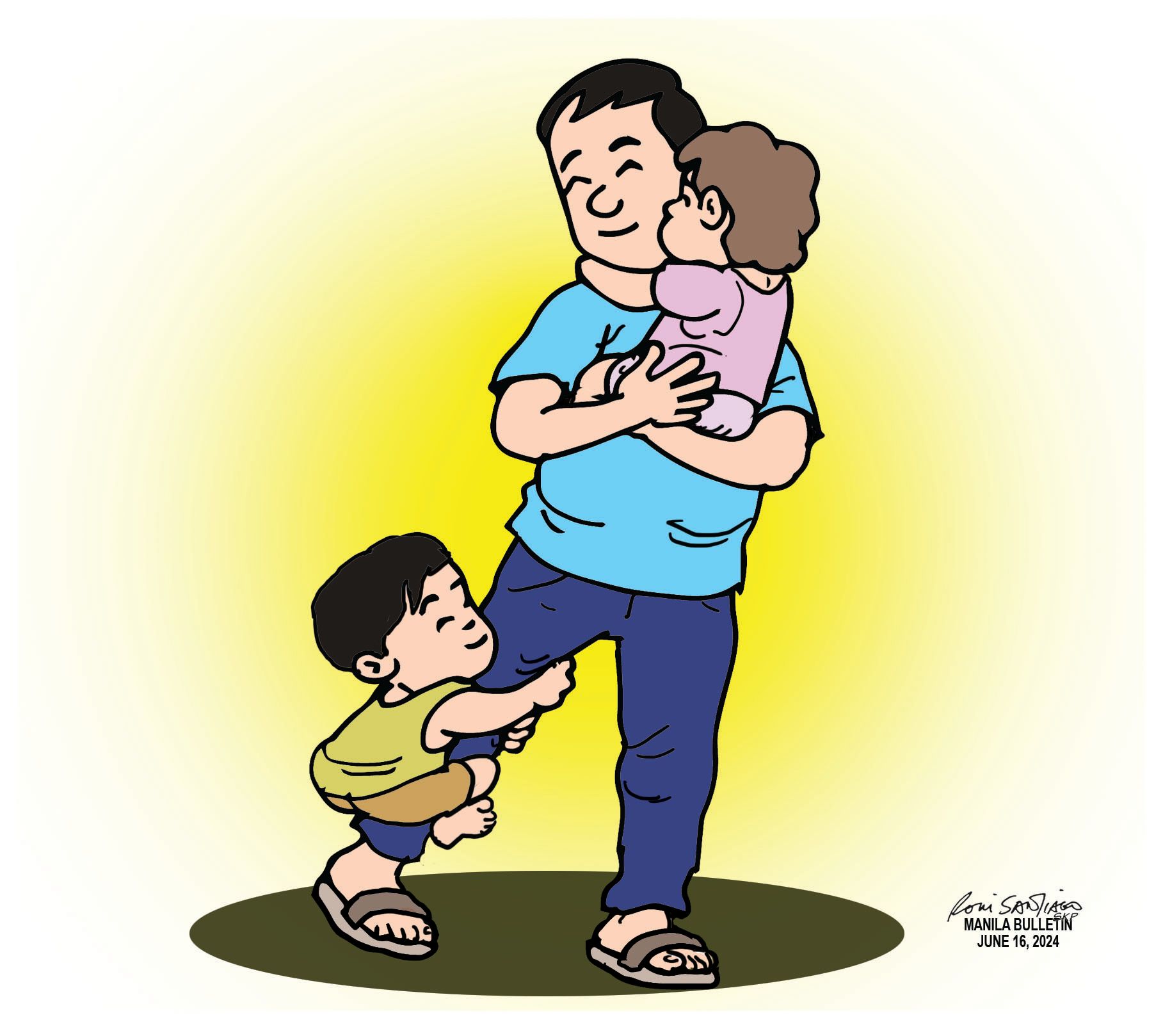
Understanding the situation of the typical household enables a better appreciation of the role of fathers in Philippine society today.
According to the 2022 National Demographic and Health Survey of the Philippine Statistics Authority (PSA): “Households in the Philippines have an average of 4.2 members. Women head one in four Filipino households. Twenty-eight percent of the household population in the Philippines is under age 15.” Inferentially, three out of four households are headed by men; there are at least two children at home; and in nearly a third of all households, those children are under age 15 and are still in grade school or junior high school. In the March 2024 Social Weather Stations (SWS) survey, 46 percent of families regarded themselves poor.
Hence, it is reasonable to infer that in nearly half of all homes in the country, Filipino fathers are leading families and households that are barely coping with the basic demands of day-to-day living: food on the table, clothes on their back, and shelter over their heads.
These are the stark realities of Father’s Day in the Philippines that are mitigated — and made more benign — by an alternative scenario. In major cities and urban centers, there are big shopping malls or spacious parks that offer relief from the heat and the elements for families that aspire to mark the day simply by being together.
Due to the Filipino diaspora brought on by tens of thousands of overseas workers in hospitals, factories, offices and homes all over the world, the stability of the family has been eroded significantly. Many fathers have been constrained to assume roles in housekeeping and, more importantly, child-rearing.
The findings of the University of the Philippines Population Institute study published in November 2022 and covering a 27-year period from 1994 to 2021 also deserve closer attention. The study points out: “Childhood and adolescence are critical stages of development that require close parental support and guidance. A third of today’s Filipino youth, however, have had to navigate the challenges of growing up without the presence of both biological parents.”
More specifically, the study reveals: “Results of the 2021 Young Adult Fertility and Sexuality Study (YAFS5) show that only 67 percent of young people were raised by both parents; 65 percent among ages 15-19, and 68 percent among ages 20-24...Some 18 percent of all youth lived with their mothers only, while four percent lived with their fathers only. Meanwhile, seven percent of the youth were raised by other people, mostly their grandparents.”
Indeed, a third of all adolescents and young adults in the Philippines are missing the guidance and affection of either father, or mother, and have had to be raised by grandparents. This is the vital constituency that is significantly affected by the current debate on the legalization of divorce.
These key questions need to be addressed: What has been done to strengthen the family as the foundation of the nation? What is being done to mitigate the challenges posed by the absence of either father or mother in families of overseas Filipino workers?
These are far-reaching concerns that need to be addressed purposively beyond the observance of Father’s Day.